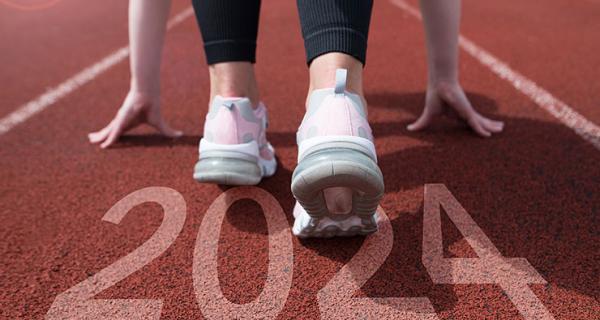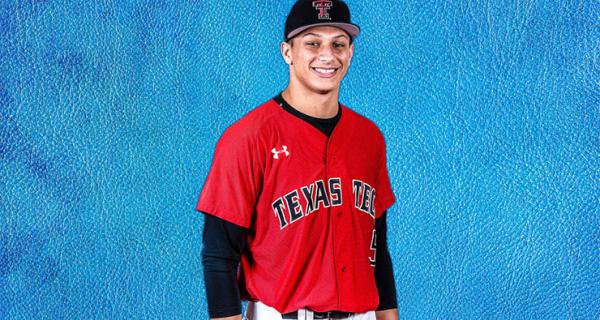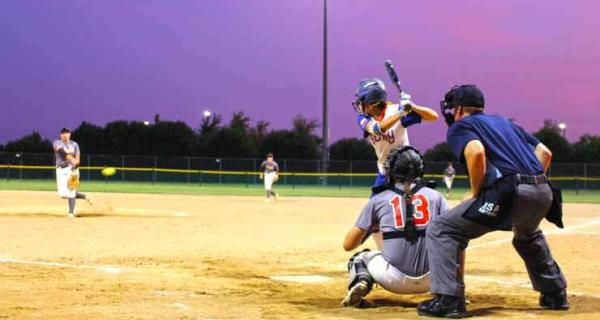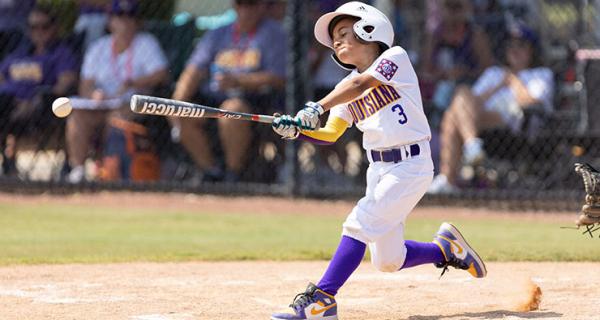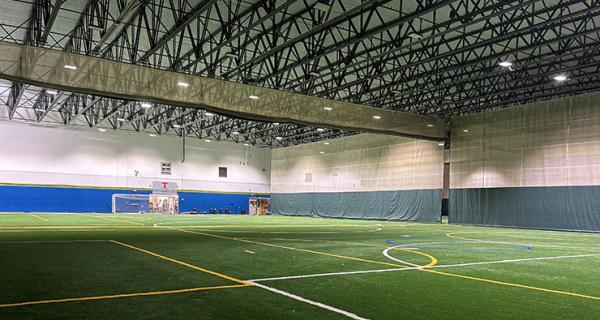10 Sports Tourism Trends to Watch in 2021
Learn how business practices, safety protocols and technology will change sports tourism this year.

This has already been a year of uncertainty—and we’re not even out of January. Trying to predict what’s ahead in 2021 is about as precise of a science as guessing when (if) the Chicago Cubs will win another World Series.
What we do know is there’s no escaping the effect of COVID-19 on sports tourism. Some events are going to be postponed (National Senior Games) and others outright canceled (potentially the Olympics). Those that go on will have fewer spectators than usual (March Madness comes to mind) or occur virtually (esports, cheerleading, etc.).
The good news is there is light at the end of this tunnel; we just happen to be in the darkest stretch before the dawn of a new era of events. “People often talk about the ‘new normal’—I think we’re months away from seeing what that truly is,” predicts Russ Yurk, president of 129 Sports LLC. “Things are constantly changing, and it varies from state to state or county by county.”
Indeed, keeping games and tournaments on the schedule is vital to the prosperity of CVBs, hotels and venues, as well as their surrounding communities. For now, it’s better for everyone if events happen somehow, even if it means changing from long-standing homes.
We look at how the sports tourism industry is adapting to this highly unusual climate as the world waits for the new normal to manifest.
The Cup Is Half Full. Many events will occur in some form in the first half of the year, whether it means centralizing in one location or allowing limited fans. But all eyes are on the second half of 2021 for business to truly pick up. There is universal hope that vaccine distribution will be in full stride by the summer, providing an extra level of safety for planners and comfort for participants and their families to travel (dare we dream by plane?).
It’s a Divided Country. Forget politics. Right now, the United States is split between the haves and the have-nots in terms of where sports tournaments and events can be held. Florida—particularly Tampa and Orlando—is very much open for business, as is Texas—centralized in the Dallas/Fort Worth area. Other communities are not as fortunate. California remains on lockdown and large markets like Chicago and Philadelphia are only starting to plan for larger gatherings. “We are seeing some solid progress in local events happening in the Midwest, South and Northeast,” remarks USA Racquetball Director of National Events Connor Shane.
Driving Forward. Related to the above item is a reality that many events are going to be reliant on participants who live within driving distance. Look for marketing efforts, including Facebook campaigns, to concentrate on nearby teams and clubs. For instance, Yurk’s son is scheduled to play in a volleyball tournament four and a half hours from their home. Getting there won’t be a problem, but it won’t be the same name as normal. Yurk will have to stay in the hotel while his child plays due to event organizers’ safety precautions. “Am I disappointed? Yes. Do I understand? Definitely,” he says.
The New Guard. One inevitability of the economic downturn related to the pandemic has been reduced staffs and lowered salaries. Each event hosted provides funds to allow laid-off or furloughed employees to return to their jobs, even if it is for a limited time. “We’re just trying to keep people working,” notes Arlington (Texas) Sports Commission Executive Director Matt Wilson.
Many CVBs have seen major shake-ups, including with many new executives taking over. New blood can be good in the long haul, yet for now there is an inexperience factor that needs to be overcome. Many deals are completed from a foundation of established relationships and trust that simply need time to develop. For now, Yurk, who guided the NCAA’s most recent bid cycle, says coaching up the newbies on the ways of sports tourism is vital. “Whether they are young professionals or seasoned veterans who had to take on the sports market, education will be as important as ever in the near future,” he says.
Office Hours. The pre-pandemic resistance to teleworking is likely to subside after almost a year’s worth of Zoom and effective remote working, says Wilson. But after so much time apart, don’t expect teams to want to stay separate all the time. Office meetings may become a welcome outing to reconnect with teammates.
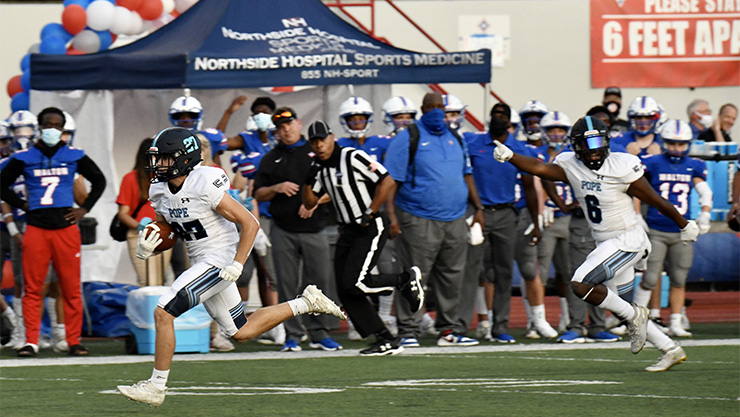
Hi, Tech (Part 1): If anything, limited capacities and fewer games have amplified the desire to catch as much action as possible. Nowhere is this more evident than in school communities. To meet that need, the National Federation of High Schools has greatly expanded its livestreaming capabilities and partnerships. The results speak for themselves. Despite roughly 25% of states officially postponing all or the majority of their fall sports and activities, overall live viewership on the NFHS Network increased by 200% year over year, the organization reports. Live views rose from 375,000 to 1.1 million during the first two months of the school year.
Mark Koski, vice president of the NFHS Network, predicts the demand will grow the next few months. “Remote viewing is perhaps even more important for indoor activities. Our ability to provide a livestream solution for both outdoor and indoor athletics enables us to play a key role in fan viewership while generating an important revenue stream to schools.”
Going Solo. While team sports are adapting as well as can be expected, individual sports have an inherent advantage of this unusual time, notes Jon Schmieder, founder and CEO of consulting firm Huddle Up Group. Specifically, sports like archery, tennis, pickleball, golf and BMX (and other cycling events) are able to hold competitions and maintain social distancing. “Individual sports will continue to thrive as we work our way through 2021 and whatever the ‘new normal’ becomes,” predicts Schmieder.
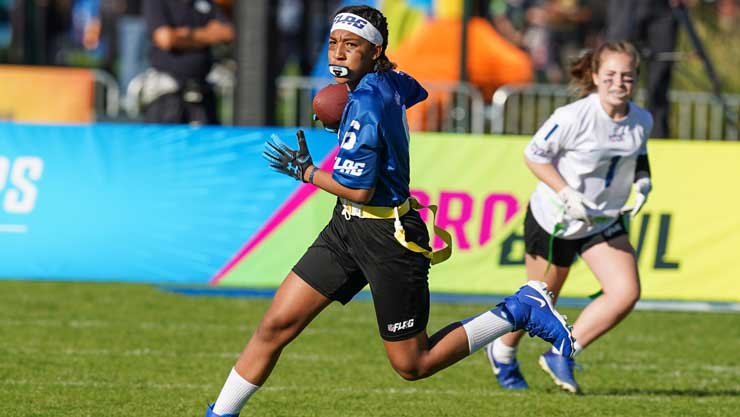
The Old College Try. Mike Higgins, director of championships at the National Association of Intercollegiate Athletics, is encouraged that small colleges are able to increase the number of student-athletes and sports offered despite the pandemic. “More sports means more championships and more opportunities for our DMO partners,” he notes. Higgins points to the addition of women’s flag football by 15 institutions as a major success. Look for the sport to achieve championship-level status within two years. Women’s wrestling, competitive cheer and dance, men’s volleyball and women’s beach volleyball are also high areas of growth.
New Event Models. The combination of health and economic concerns means a new way of doing business is needed, notes Schmieder, who formerly led sports commissions in Tulsa, Denver and Phoenix. He suggests CVBs and sports commissions redouble efforts on homegrown events to minimize the reliance on event owners to drive out-of-town participants to their markets. For traditional bid events, he says new financial arrangements ensuring rights holders and hosting organizations can both generate revenue will be part of the new norm.
Hi, Tech (Part 2). Salt Palace Convention Center in Utah is among the facilities adapting to the times, reports Visit Salt Lake Managing Director Clay Partain. The CVB will soon launch one of the first sports media centers for a convention center. The 500-sq.-ft. center can serve as a broadcast studio to create live or prerecorded content, and can include a “SportsCenter”-style anchor desk. The technology “both simplifies clients’ production experience and amplifies their message,” says Partain.



